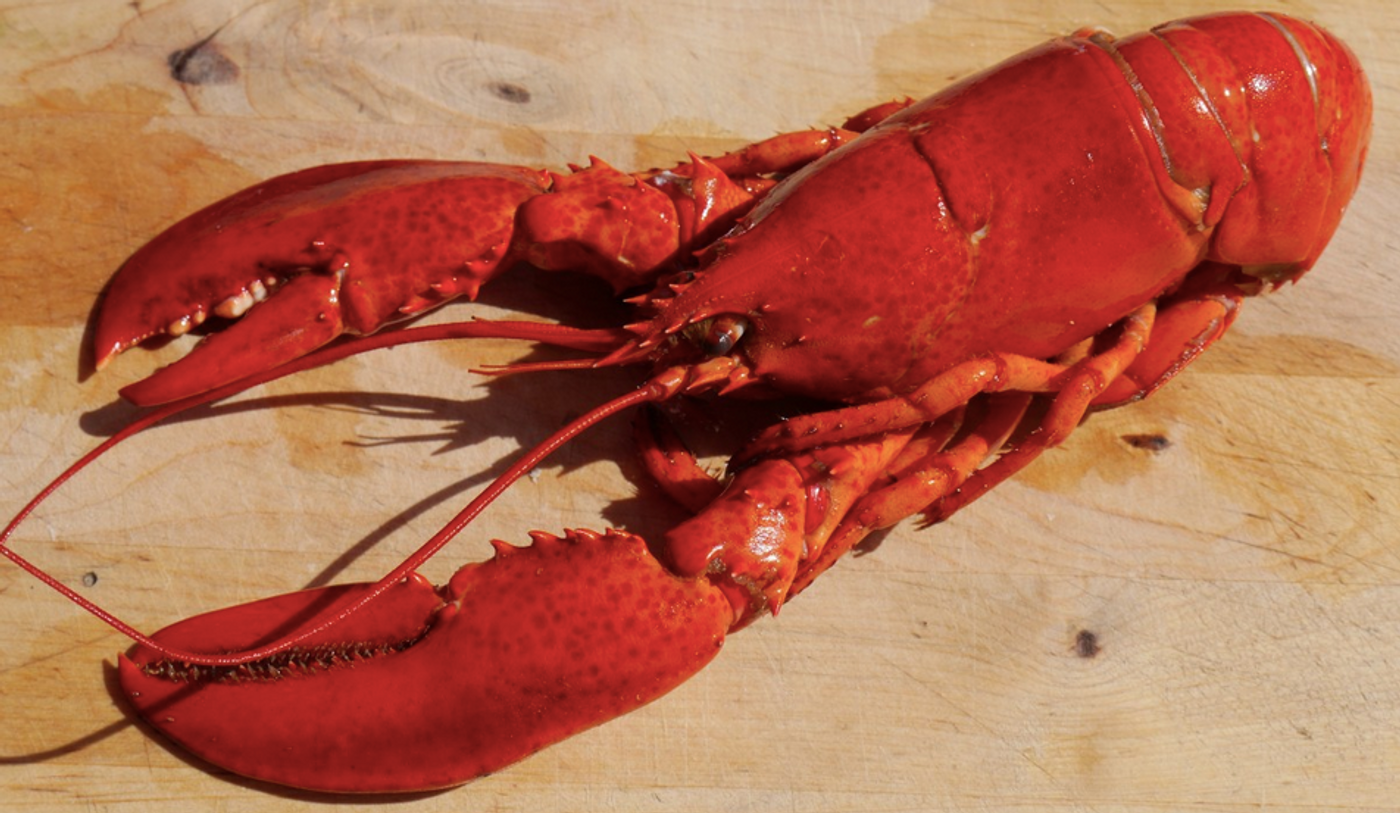Revealing the Age of Lobsters with DNA
It's tough to tell how old lobsters are. Even lobster researchers aren't sure exactly how old they can get. Generally, their size can be used to estimate their age, but different lobsters have different rates of growth, according to Dr. Martin Taylor of the University of East Anglia (UEA), which can make estimate unreliable. Now, work by Taylor and others has led to a method for calculating a lobster's age from their DNA. This study may help lobster fisheries to operate in a more sustainable way.
“For a long time, it appeared that there was no accurate way to quantify a lobster’s age. Some research suggested that you could tell a lobsters age by counting the rings in parts of their eyestalks and stomach, a little like counting tree rings. But you can’t do that for a living lobster,” said Taylor.
The shell of a lobster is tough and inelastic, and as they grow, they have to shed those shells and replace them. But "lobsters of the same age don’t always grow and moult at the same time. For example, lobsters with more food or in warmer waters can grow more quickly, which makes it really hard to know how old lobsters actually are," said study co-author Dr. Eleanor Fairfield.
In this study, the researchers decided to focus on the European lobster because it has ecological and economic significance, noted Fairfield. Part of her graduate studies involved developing this non-lethal, new method for deciphering European lobster age.
The technique involves quantifying the genetic changes that accumulate in the genome of a lobster as it has aged. The method was calibrated by studying the genetics of lobsters that had been raised from birth at the National Lobster Hatchery.
“We identified a very strong relationship between age and DNA modifications, which allowed us to accurately estimate the ages of individual lobsters," said Taylor. Their predictions about lobster age were compared to traditional methods, and the data from the quantification tool "generally aligned with minimum estimates of age based on size."
“It is crucial to be able to estimate how many lobsters of particular ages are present in a given area so that they can be sustainably harvested," said Fairfield.
“Having an accurate indication of lobster age will help fisheries, scientists and conservationists alike to understand, manage and conserve our vulnerable lobster stocks, working hand-in-hand with proactive fisheries management strategies, such as stock enhancement," added Dr. Carly Daniels, head of production science and development at the National Lobster Hatchery.
Sources: University of East Anglia, Evolutionary Applications









